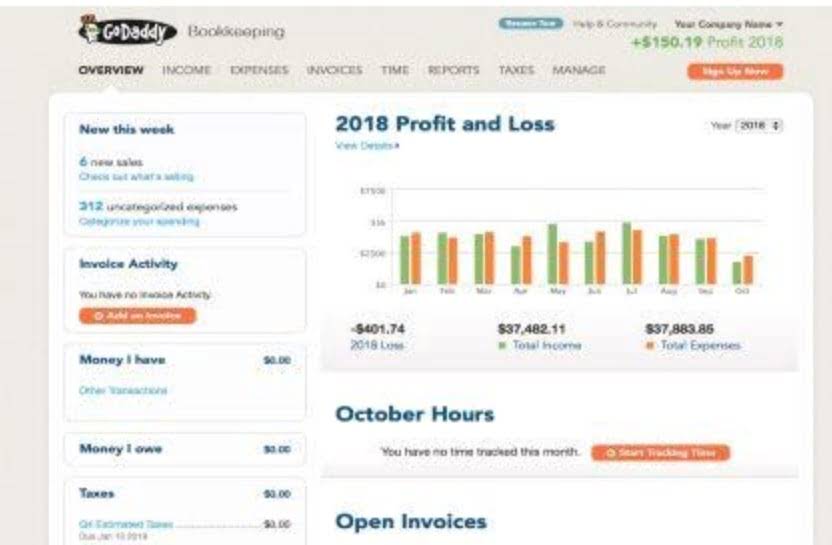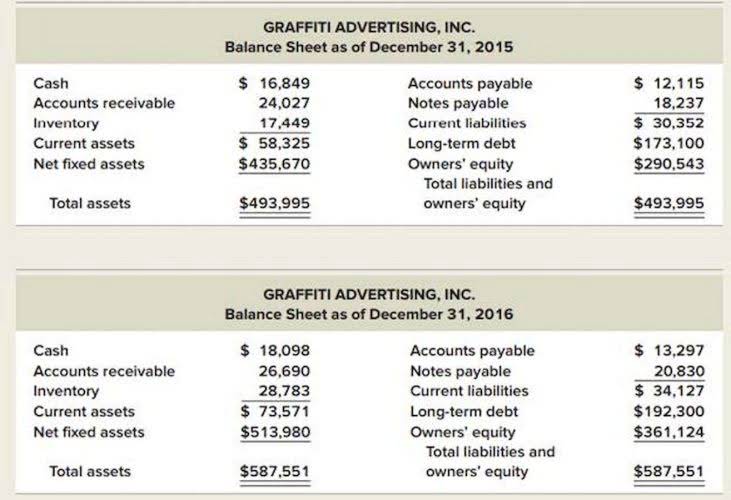
Using the reference information, if sales journal accounting anyone had a question aboutthis entry, he or she would go to the sales journal, page 26,transactions #45321 and #45324. This helps to create an audittrail, or a way to go back and find the original documentssupporting a transaction. This entry reduces both your liability (Sales Tax Payable) and your Bank balance, ensuring your books are balanced after you remit the sales tax.
- For example, if an auditor notices a journal entry that appears to be incorrect or out of place, they may investigate further to determine whether there is an error or fraud involved.
- Think of it as a dedicated space for recording credit purchases, separate from cash transactions.
- When you make a sale that includes sales tax, you’re collecting that tax on behalf of the government.
- Another important use of journals in auditing is to ensure that financial statements are prepared in accordance with Generally Accepted Accounting Principles (GAAP).
- Sometimes, a specific identification number would also be added to track the product.
- Regulatory bodies, such as the Securities and Exchange Commission (SEC) for publicly traded companies, mandate detailed disclosures to ensure transparency and protect stakeholders’ interests.
How to Record a Sales Revenue Journal Entry

This article will explain the role of a sales journal and why it’s a vital part of any retail business worth their salt. We offer features like real-time reporting and seamless integration with your accounting software, so your business can stay on top of financial data and make more informed decisions. Accurate expense tracking is key to keeping your business’s finances in check. Without careful monitoring, it’s easy to overlook important expenses or incorrectly categorize costs, which can lead to inaccurate financial statements. Cost of goods sold (COGS) represents the direct costs of producing or purchasing the goods you sell. When recording sales, it’s important to recognize COGS alongside revenue to match expenses with income and reflect profitability.
- Such details of credit sales return journal entry are referred to in future for clarification, decision making and auditing.
- The deferred gross profit depends on the percentage of gross profit over sales.
- The seller uses it to record a sales transaction in his sales journal, and the buyer uses it to record a purchase transaction in his purchases journal.
- 7 types of journal books are maintained in accounting for the convenient keeping of accounts and recording transactions of similar nature.
- Even without a statewide sales tax, maintaining accurate sales revenue journal entries is essential.
- Generally in the cash receipts journal to debit columns for cash receipts and cash discount and three credit columns for accounts receivable, sales and other accounts are there.
Post to the General Ledger

Normally sales returns and allowances are two different kinds of transactions. Still, the accounting treatment for both the transactions is the same, and mostly the same account is used to record both types of transactions. If https://www.bookstime.com/ it were the credit sales, then we should credit to the account receivable account.
How to handle sales returns and allowances
As we can see from the journal entries above, the seller should debit the exact amount of return to the revenue account or the sales return allowance account once the sale is returned. This sales return allowance account is the contra account to the sales revenue account. We enter all cash received intothe cash receipts journal, and we enter all cash payments into thecash disbursements journal, sometimes also known as the cashpayments journal. Good internal control dictates the best rule isthat all cash received by a business should be deposited, and allcash paid out for monies owed by the business should be made bycheck.
- Keeping these records separate provides a clearer picture of your business’s financial health.
- By using the appropriate journal, a company can ensure that its financial records are accurate and up-to-date.
- This interplay between the two statements provides a comprehensive view of your financial position.
- This will not only save you headaches during tax season but also provide you with a clearer picture of your business’s financial health.
- At the same time, these entries affect your balance sheet by changing your cash or accounts receivable and equity balances.

A journal is used to record all financial transactions in chronological order, while a ledger is used to record the balances of all accounts. The journal is used to record transactions before they are posted to the ledger accounts. A journal book is used to record all financial transactions in chronological order. In simple terms, a journal book is a record of all the transactions that have taken place in a business.

The sales journal given above shows that the seller is collecting sales tax at 2% on all goods sold to customers. The posting of this sales journal will be similar to that explained in the above example. If you have already read the “purchases journal” article, you may have noticed that the sales invoice and purchase invoice are two different names given to the same document. It is always prepared by the seller and is called the sales invoice in the record of the seller and the purchase invoice in the record of the buyer. The seller uses it to record a What is bookkeeping sales transaction in his sales journal, and the buyer uses it to record a purchase transaction in his purchases journal. When a seller sells merchandise on credit, he prepares an invoice known as the sales invoice or outward invoice.